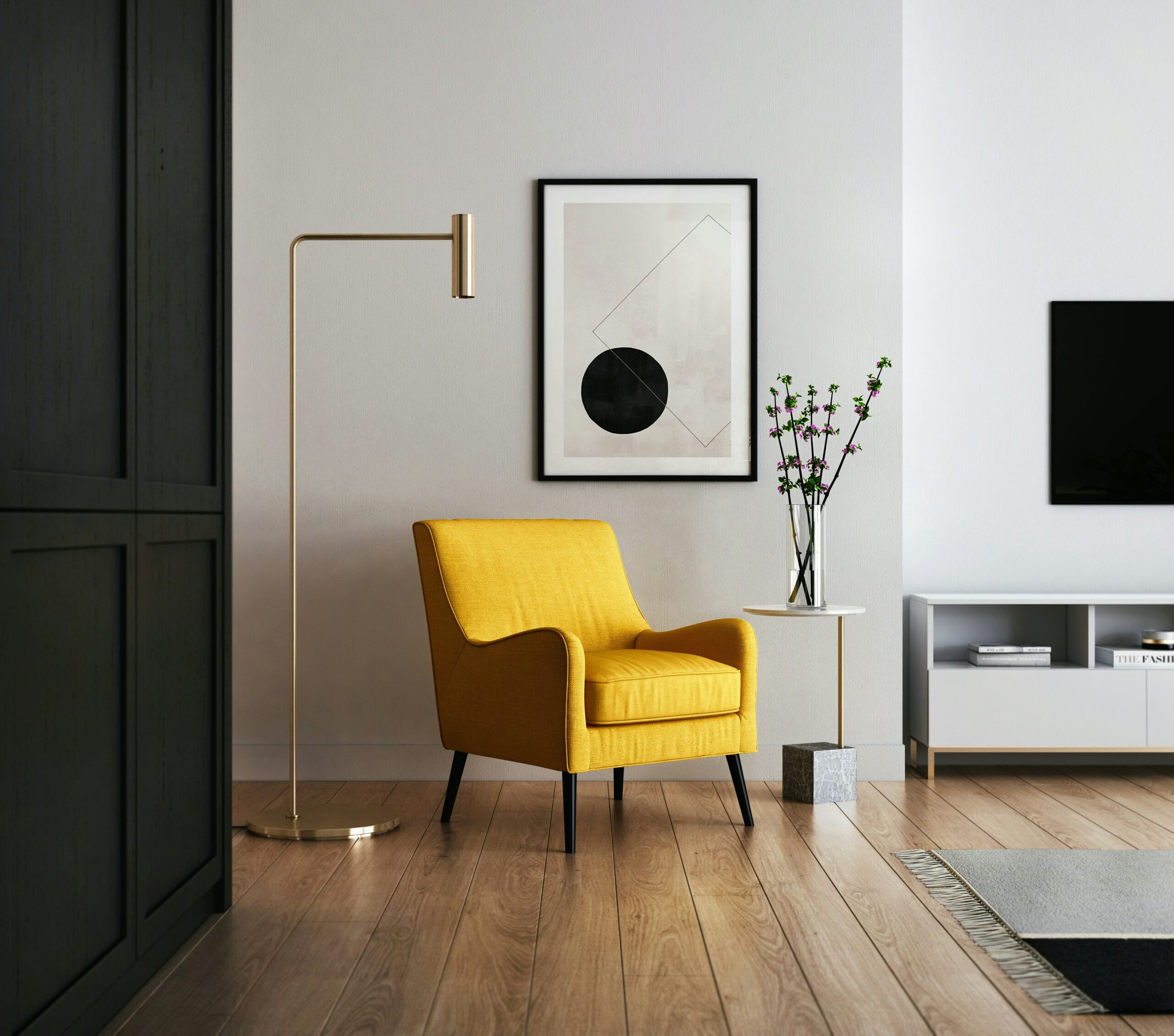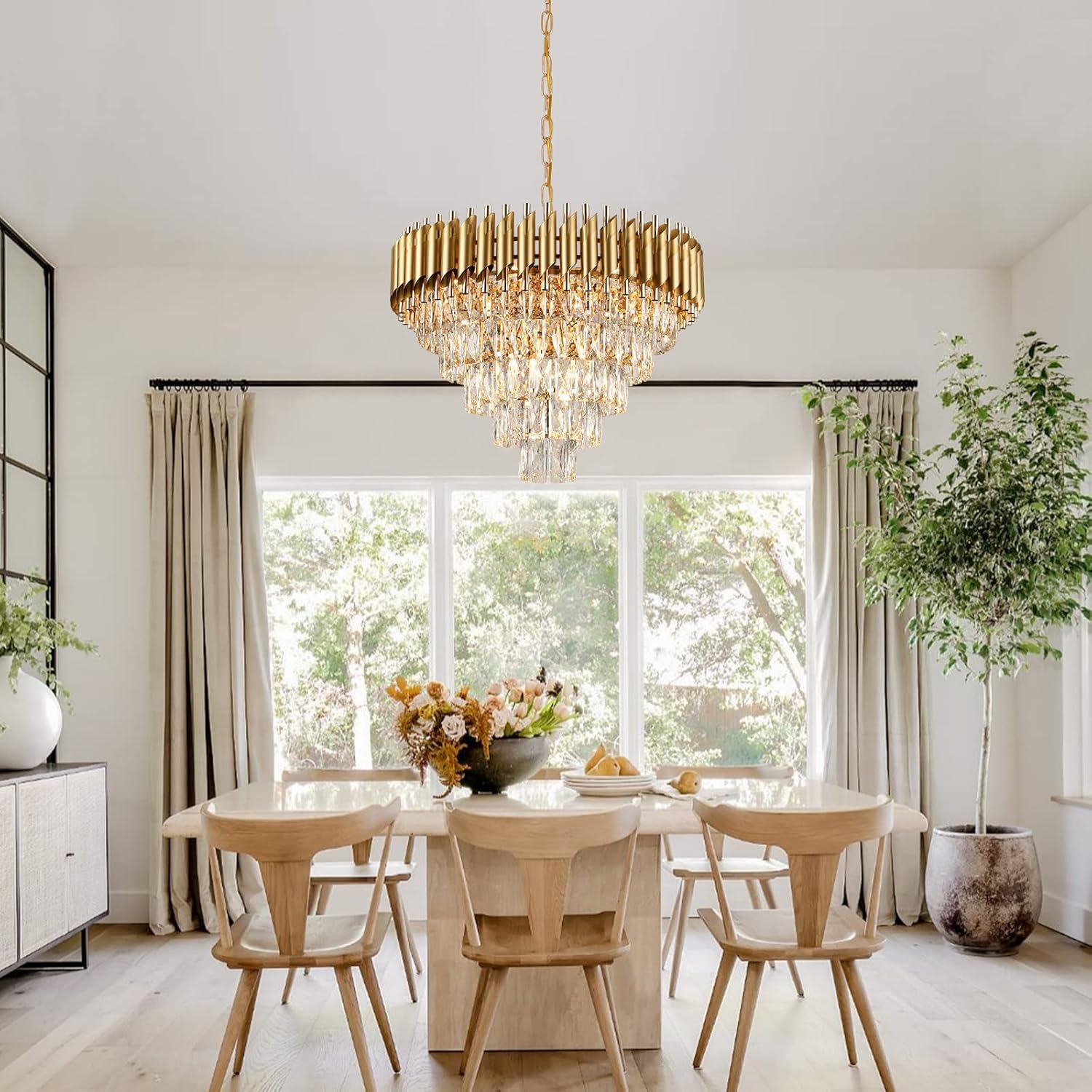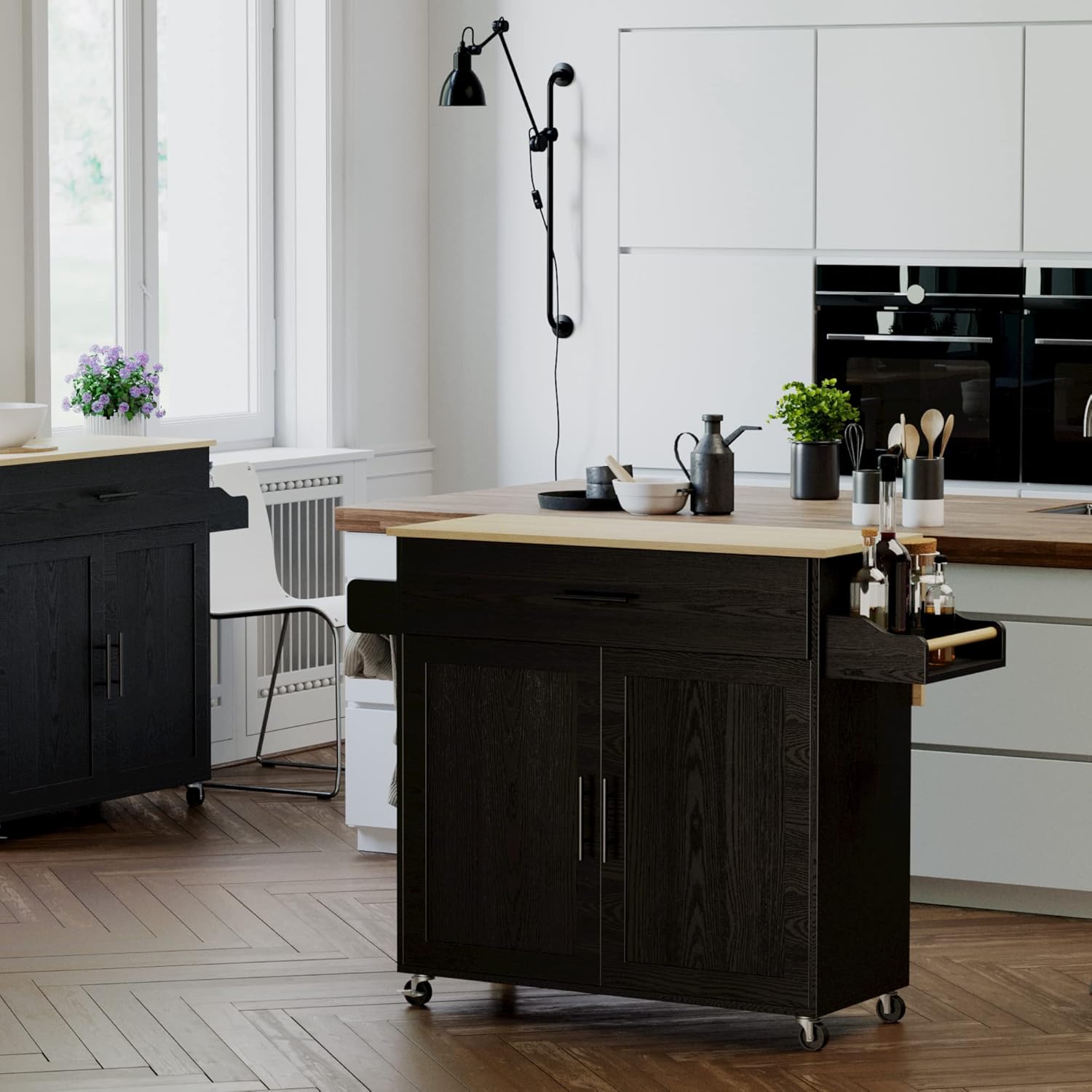
Understanding Home Styles
When embarking on the journey of building or renovating a home, grasping the variety of architectural and design styles available is essential to making informed decisions that harmonize with your vision. The world of home styles is vast, encompassing traditional, modern, contemporary, rustic, and many more. Each style carries its unique characteristics and historical relevance, allowing for diverse expressions of personal taste.
Traditional homes often draw inspiration from historical designs, featuring elements such as symmetrical facades, intricate moldings, and classic materials like brick and wood. This enduring style pays homage to periods like the Colonial, Victorian, and Georgian eras, providing warmth and timeless elegance that evoke a sense of nostalgia. Examples include the charming New England farmhouse or the stately Southern plantation.
In contrast, modern home style emerged in the early to mid-20th century, emphasizing simplicity, functionality, and open spaces. Characteristics often include clean lines, minimal ornamentation, and an emphasis on the use of industrial materials such as concrete, glass, and steel. Modern homes often feature large windows that invite natural light and blur the boundaries between indoor and outdoor spaces, exemplified by the iconic mid-century modern designs.
Contemporary style, while often confused with modern, is continually evolving and reflects current trends. This style tends to incorporate a mix of new materials and technologies, often focusing on sustainable practices and energy efficiency. Contemporary homes can feature asymmetrical shapes, bold color palettes, and innovative aspects like green roofs or smart home technology.
Rustic style emphasizes a connection to nature, often utilizing reclaimed wood, stone, and other organic materials. Rustic homes are warm and inviting, embodying charm with features like exposed beams and large fireplaces, making them a popular choice for those seeking a cozy environment. Consider a classic log cabin or a farmhouse with a wraparound porch as prime examples of rustic charm.
Understanding these diverse home styles can aid in articulating preferences and narrowing down choices that resonate with both your vision and the unique environment of your future home. Each style has the potential to serve as a foundation for creating a space that reflects personal identity and lifestyle aspirations.
Assessing Your Home’s Current Style
Understanding your home’s current style is crucial in determining the direction for any renovation or design project. This process begins with a careful evaluation of the architectural features of the house. Different architectural styles, such as Colonial, Mediterranean, Victorian, or Modern, possess distinct aspects that define their appearance. By identifying these traits, homeowners can gain insights into the character of their property and how best to enhance or complement it.
Next, the materials used in the construction of your home play a significant role in its aesthetic. Common materials include brick, wood, stucco, and stone, each offering a unique visual appeal and influencing the overall ambiance. Observing these elements helps homeowners make informed decisions when selecting new materials for additions or renovations, ensuring that any changes harmonize with the existing framework.
Colors also significantly impact the style of a home. Take time to analyze both the exterior and interior color schemes. Certain color palettes can evoke specific feelings or styles; for instance, pastel shades may lean toward a cottage aesthetic, while earthy tones might suggest a rustic farmhouse vibe. Homeowners are encouraged to note which colors resonate with their taste and the overall architectural style.
Evaluating curb appeal is another key aspect of this assessment. The exterior elements, including landscaping, entryways, and outdoor fixtures, contribute to the first impression of the home. Consider which features enhance the property and which may detract from its appeal. An organized approach to assessing these elements will provide clarity on what works and what needs modification.
Lastly, the interior design elements, such as furniture, decor, and layout, should not be overlooked. These contribute to the home’s overall style and can either reinforce or conflict with the exterior appearance. By taking an inventory of these aspects and reflecting on their coherence, homeowners can form a comprehensive understanding of their home’s current style.
Identifying Personal Taste and Preferences
Embarking on the journey to design a house that reflects personal style necessitates a deep understanding of one’s own tastes and preferences. This introspective process allows individuals to curate a space that not only represents their aesthetic sensibilities but also aligns with their lifestyle and values. To begin this exploration, consider engaging in a series of reflective exercises that can clarify your design preferences.
Start by listing activities that you cherish. Do you prefer hosting intimate gatherings, enjoying quiet reading nooks, or cultivating a vibrant home office? Identifying the functions your space must serve will guide your design approach. Reflect on your daily routines, hobbies, and the elements that make you feel comfortable and energized. It is essential to ensure that your chosen style accommodates these lifestyle needs.
Next, explore sources of inspiration. Collect images from various platforms such as magazines, blogs, and social media that resonate with you. Note the common themes or colors that emerge in your selections. This exercise is crucial for uncovering your aesthetic preferences and discerning what styles evoke a sense of belonging and comfort. Moreover, consider creating a mood board that visually organizes these inspirations, enabling you to perceive the overarching style you gravitate towards. You can utilize tools like Pinterest or Canva to gather and structure your ideas cohesively.
Finally, contemplate your values. What elements are important in your life? Sustainability, functionality, or luxury? Incorporating these values into your design philosophy will enhance the authenticity of your space. Through these exercises, you will gain insights into your personal taste, which serves as a vital foundation for crafting a harmonious environment that truly reflects who you are.
Balancing Style and Functionality
When embarking on the journey to design a home that reflects your personal style, it is essential to strike a balance between aesthetic appeal and practical functionality. The choices homeowners make in materials, colors, and overall forms should not solely be dictated by visual considerations but should also enhance the livability of their spaces. This incorporation of style with functionality can be achieved by selecting elements that serve dual purposes, promoting both beauty and utility.
Materials play a crucial role in this balance. For instance, choosing high-quality, durable materials such as hardwood flooring or natural stone can elevate the visual appeal of a home while ensuring longevity and ease of maintenance. Similarly, opting for colors that not only complement the home’s style but also create a harmonious atmosphere contributes to overall comfort. Neutral color palettes can make a space feel larger and more inviting, while accent colors can add personality without compromising on functionality.
The forms incorporated into your design should also cater to practical needs. For example, an open floor plan can enhance the flow between spaces, making a home more functional for family interactions and social gatherings. Furniture choices should reflect not only aesthetic sensibilities but also practicality; multi-functional furniture such as ottomans that provide additional storage can beautifully serve both purpose and style. Outdoor spaces should also be considered, as they extend the livability of the home. By integrating outdoor seating or cooking areas, homeowners reinforce the importance of functionality while embracing their design vision.
By thoughtfully combining aesthetics with functional needs, homeowners can create harmonious environments that are not only visually appealing but also conducive to daily living. Ultimately, understanding the importance of balance between these elements lays the groundwork for a successful home design.
Choosing Colors, Materials, and Textures
When embarking on the journey of selecting colors, materials, and textures for your home, it is vital to begin with a clear understanding of your chosen style. Different styles evoke different feelings and atmospheres, which can significantly influence your selections. For instance, a minimalist design may thrive on a muted color palette, while a bohemian aesthetic encourages the use of vibrant and eclectic hues. Understanding color theory is fundamental; colors can be categorized as warm, cool, or neutral, each possessing distinct emotional qualities. Warm colors like reds, oranges, and yellows can create an inviting atmosphere, while cool colors such as blues and greens promote tranquility.
Moving beyond color, the choice of materials plays a critical role in achieving aesthetic unity. Natural materials such as wood, stone, and textiles not only contribute to visual appeal but also impact tactile experiences within the home. For example, combining a warm wood finish with cool metal accents can create a balanced and harmonious contrast, thereby enhancing the overall style. It is essential to consider the durability and maintenance of these materials too, as they should complement your lifestyle while remaining aesthetically pleasing.
Texture is another vital element. Incorporating various textures—such as smooth, rough, glossy, or matte—can add depth and dimension to your spaces. A plush rug, for instance, can contrast beautifully with sleek hardwood floors. Additionally, fabric choices for upholstery can introduce tactile richness; consider using linens and velvets to enhance comfort while aligning with your design theme. Bringing these elements together is crucial for a cohesive look. By thoughtfully harmonizing colors, materials, and textures within your home, you can create an inviting and styled environment that truly resonates with your vision.
Incorporating Design Trends
In the ever-evolving realm of home design, incorporating contemporary trends requires a delicate balance between modernity and the home’s inherent character. One effective approach to achieve this harmonious integration is through a careful selection of furniture, décor, and landscaping elements that reflect current styles while respecting the home’s architectural essence. For instance, the growing trend of sustainable furniture not only aligns with eco-conscious values but also adds a contemporary touch without overpowering a traditional or classic aesthetic. Choosing pieces made from reclaimed materials can imbue living spaces with a sense of history while supporting a trend that prioritizes environmental sustainability.
When it comes to décor, the minimalist trend has gained significant traction in recent years. This style emphasizes simplicity and functionality, making it easier to incorporate into a variety of design scenarios. To maintain authenticity, homeowners can opt for minimalist décor that serves a purpose, such as open shelving or multipurpose furniture, which can help declutter spaces while aligning with modern design elements. It’s essential to select colors and materials that complement existing features of the home, ensuring that the new additions enhance rather than dominate the ambiance.
Landscaping also plays a vital role in incorporating design trends. The rise of native and drought-resistant plants reflects a shift towards sustainable gardening practices. By selecting plants that thrive in the local climate, homeowners can create lush and vibrant outdoor spaces that require less maintenance, enhancing the home without compromising its character. Additionally, integrating outdoor living spaces, such as patios and decks, can provide functional areas for relaxation and socialization, reflecting contemporary lifestyles while maintaining the home’s distinctive style. Overall, the key to successfully incorporating design trends lies in thoughtful selection and a strategic understanding of how contemporary elements can enrich the existing beauty of the home.
Creating a Cohesive Interior and Exterior
Designing a home that reflects personal taste while maintaining a cohesive look between the interior and exterior is essential for achieving visual harmony. A well-planned aesthetic can enhance the overall appeal of your home, making it not only inviting but also functional. One key strategy is to establish a unified color palette that spans both the interior rooms and the home’s exterior. By choosing complementary colors, homeowners can create a seamless transition, linking the outside environment with the internal living space.
It is equally important to consider material selections when creating a cohesive design. For instance, if the exterior features natural wood siding, incorporating similar wood tones or finishes within the interior promotes consistency. Furthermore, the architectural style of the home should guide interior design choices. A classic colonial home should not only have matching elements but also reflect its historical context through appropriate detailing—be it through moldings, trim, or furniture choices that resonate with the home’s exterior design.
Landscaping is another crucial factor in ensuring interior and exterior cohesion. The selection of plants, outdoor furnishings, and hardscaping materials should mirror the style and color themes present inside the house. Incorporating planters and outdoor decor that resonate with indoor design elements allows for a smoother blending of spaces. This intentionality fosters a natural flow, making the home feel interconnected rather than divided by walls.
Lastly, lighting plays a pivotal role in both interior and exterior designs. Utilizing similar styles of fixtures, whether they be modern or traditional, can tie both realms together while ensuring functionality. By marrying these design aspects thoughtfully, homeowners can achieve an aesthetic that is both appealing and showcases individuality, ensuring that every detail works in concert to enhance the overall vision of the home.
Working with Professionals: When and How to Get Help
When embarking on a home design journey, knowing when to seek professional assistance can significantly elevate the outcome of your project. Engaging with architects, interior designers, and landscape designers can provide the expertise needed to turn your vision into reality. Each of these professionals brings unique skills to the table; architects focus on the structural integrity and functionality of spaces, interior designers create aesthetic harmony within interiors, and landscape designers enhance the outdoor environment to complement the home’s style.
Recognizing specific moments in your project where professional help could be beneficial is crucial. For instance, if you find yourself overwhelmed by design choices or struggling to visualize how different elements will integrate, an interior designer can offer valuable insights. Similarly, when considering extensive renovations or building from the ground up, consulting an architect is essential to make sure that your design adheres to building codes and maximizes space usage. Additionally, if outdoor spaces are a priority, a landscape designer can help develop a cohesive plan that aligns with your overall vision.
To foster a productive collaboration with these professionals, clear communication about your style preferences, budget constraints, and project goals is vital. Before your first meeting, compile inspiration images, sketches, or notes that reflect your desired aesthetic. This visual guide can help convey your ideas effectively, ensuring that the professionals understand your vision from the outset. Establishing a dialogue that encourages feedback and open discussion will further enhance the collaborative process. Working with professionals isn’t merely a practical decision; it serves to unify your vision with expert craftsmanship, ultimately leading to a more harmonious and well-designed home.
Final Tips for Designing Around a Chosen Style
As you embark on your journey to design a space that reflects your chosen style, there are several actionable tips and checklists to keep in mind. The first step is to gather inspiration. Consider creating a mood board that showcases elements you love, from color schemes to furniture pieces. Utilize resources like magazines, online platforms, and design blogs to identify styles that resonate with you. This visual guide will serve as a reference point as you progress through the design process.
Next, set a clear budget. Understanding your financial limits will help you prioritize your purchases and prevent overspending. Identify the key elements of your style that are non-negotiable while being flexible with other aspects. Whether it’s a distinct color palette or specific furniture styles, maintain focus on what truly matters to create cohesion in your design.
When it comes to selecting materials and finishes, aim for authenticity. Choose high-quality materials that align with your chosen style, as they will contribute to the overall aesthetic and feel of your home. For instance, if you’re drawn to a rustic theme, incorporate reclaimed wood accents or natural stone. These choices not only reflect your design vision but also enhance the longevity of your space.
Additionally, consider functionality. A well-designed space balances aesthetics with practicality. Ensure that your layout encourages ease of movement and that each area serves a clear purpose. This analysis should include furniture arrangement, lighting, and storage solutions, all tailored to your lifestyle.
Finally, do not hesitate to experiment and make adjustments along the way. Designing a home is an evolving process; be open to revisiting decisions and trying new combinations of colors, textures, and finishes. Your space should ultimately be a reflection of your taste and preferences. As you integrate these tips into your design journey, remember that the goal is to create a harmonious environment that brings you joy and fulfillment.





